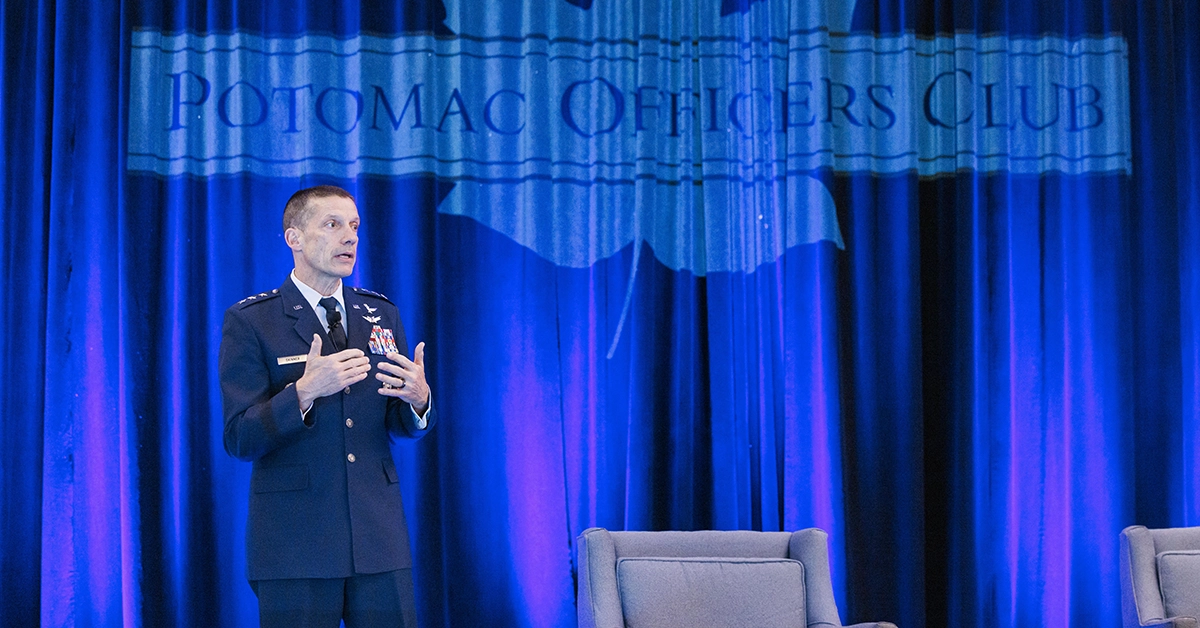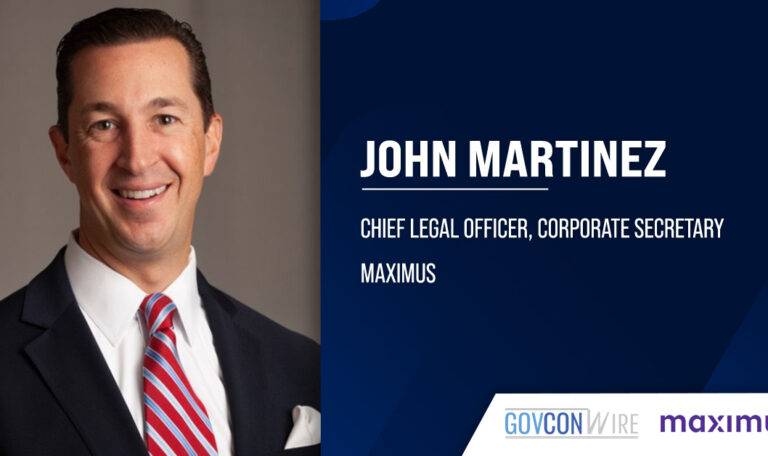The Defense Information Systems Agency is set to release a new five-year strategy, dubbed “DISA Next” that outlines the agency’s priorities in response to evolving threats and needs. DISA Director Lt. Gen. Robert Skinner, a 2024 Wash100 Award winner, previewed the strategy at the Potomac Officers Club’s 5th Annual CIO Summit last week.

Stay updated on the latest trends and threats shaping the GovCon landscape — join the Potomac Officers Club’s next event, the 2024 Cyber Summit on June 6, for important cyber insights and news from GovCon’s leading voices. Register here.
According to Lt. Gen. Skinner, the DISA Next strategy contains four strategic imperatives:
Secure, Operational and Available Capabilities
For Skinner, this strategic imperative means that capabilities must be resilient for U.S. warfighters and DISA’s mission partners, both at home and abroad.
“If you move people to over here, that is job one. If that capability is not available and we don’t have a resilient capability when our warfighters need it and our mission partners, even within the department, then we have failed,” said the 2024 Wash100 Award winner.
Strategic C3
Command, control and communications capabilities comprise the second focus area of the new strategy.
“This is really focusing on the bad day,” said Skinner. “It’s great to have internet day to day in peacetime and competition that we’re in today, but it’s more imperative to have it when bullets are flying, when nations are past the point of competition. Our department doesn’t see that day to day necessarily, but we’ve got to have that, and we can’t do that without industry.”
Modernize for Effectiveness
Across the defense enterprise, agencies are dealing with legacy IT and outdated technology. Skinner noted that legacy IT is becoming more expensive, and transitioning it is becoming increasingly difficult.
Skinner offered transport as an example. “Time-division multiplexing — I know a lot of industry is going, ‘Wow, you still use that stuff?’ Well, yes we do. Into the thousands. Where’s that a problem? First, it’s not resilient anymore. Second, industry, rightly so, is saying we can’t support that anymore,” Skinner explained.
Cost is an issue too, as many legacy systems and technologies require a 300-500 percent increase in cost to maintain.
“We’ve got to go faster in modernizing off of legacy and getting to the cloud faster,” Skinner said. He asked industry for application rationalization support as DISA and other agencies seek to move to the cloud and solve their transport challenges.
Data
In the fourth strategic imperative, Skinner said DISA is working to better harness and understand its data to support warfighter needs and ensure decision advantage.
“How do we take full advantage of the data that we have?” Skinner posed to the audience. “We have so much data we don’t have to do with half of it. I’d say probably even more than that. So what data is really necessary to produce the decisions that we need to make to the warfighter? Because it’s all about decision superiority and making decisions faster.”
















